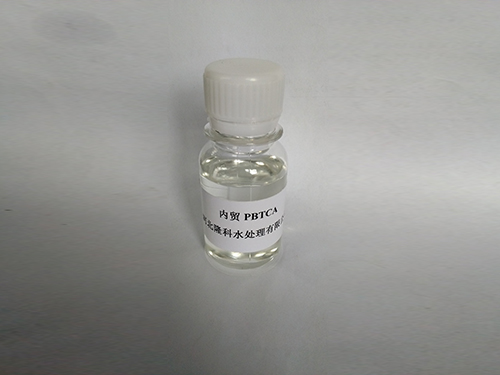Understanding the Properties and Applications of Bit Isothiazolinone in Industrial Formulations
Understanding Bit Isothiazolinone Applications and Safety Considerations
Bit isothiazolinone, often referred to simply as BIT, is a chemical compound widely used as a biocide and preservative in various industries. This compound is particularly effective in preventing the growth of bacteria, fungi, and algae in products and environments where microbial contamination can pose significant risks. With its effectiveness and broad application, BIT has become a popular choice in various formulations, but it also raises important concerns regarding safety, environmental impact, and regulatory compliance.
Chemical Properties and Mechanism of Action
Bit isothiazolinone belongs to the class of isothiazolinones, which are heterocyclic compounds containing both sulfur and nitrogen in their structures. BIT is often utilized in its form as a water-soluble compound, which enhances its application in aqueous formulations. The mechanism of action of BIT primarily involves disrupting the cellular processes of microorganisms, leading to cell death. This efficacy makes BIT an invaluable ingredient in a range of products, from cosmetics to industrial cleaning agents.
Applications of BIT
BIT is used extensively across various sectors. In the personal care industry, it serves as a preservative in cosmetics and skincare products where it helps to inhibit the growth of mold and bacteria. This ensures that products remain safe for consumer use over their shelf life. With the rise of consumer awareness around product safety, manufacturers increasingly favor BIT as it aligns with the demand for effective, low-toxicity preservatives.
In addition to personal care items, BIT is prevalent in industrial applications. It is employed in cooling water systems, paints, and coatings, where its antimicrobial properties help preserve the integrity and longevity of these products. Furthermore, BIT is also utilized in the paper and pulp industry, where it serves to prevent microbial contamination that can lead to product spoilage and reduced quality.
Safety and Regulatory Framework
bit isothiazolinone

Despite its efficacy, the use of BIT is not without controversy. Concerns regarding its potential irritant effects, sensitization, and toxicity have emerged, particularly in the context of skin contact and inhalation. As a result, regulatory bodies worldwide have established guidelines governing the concentration of BIT permitted in the products. For instance, in the European Union, strict regulations are in place to limit the allowable concentration of BIT in cosmetic products. The European Commission’s Scientific Committee on Consumer Safety (SCCS) has evaluated the safety of BIT and has indicated that while it is effective at low concentrations, there are concerns about allergic dermatitis in sensitive individuals.
In the United States, BIT is regulated by the Environmental Protection Agency (EPA) and must be registered before use in pesticides and other biocidal products. Producers are required to provide data on the safety and efficacy of BIT-containing products to ensure consumer safety.
Environmental Impact
The environmental implications of using BIT are another aspect that warrants attention. As a biocide, the potential for BIT to affect non-target organisms in ecosystems has raised questions about its environmental persistence and toxicity. Some studies have indicated that BIT can be toxic to aquatic life, leading to concerns about its use in products that may eventually find their way into natural water bodies.
In response to these concerns, manufacturers are encouraged to adopt responsible practices when formulating products with BIT. This includes implementing measures to minimize environmental discharge and exploring alternative biocides that may present lower ecological risks.
Conclusion
Bit isothiazolinone plays a crucial role in preventing microbial contamination in various applications, from personal care products to industrial processes. While its effectiveness as a preservative is well-documented, safety and environmental considerations remain paramount. Regulatory frameworks aim to balance the benefits of BIT with its potential risks, ensuring consumer safety while addressing environmental concerns. As the industry evolves, ongoing research and innovation will be critical in developing safer, more sustainable alternatives that maintain efficacy without compromising health or the environment. As consumers become more conscious of the ingredients in the products they use, transparency and compliance with safety standards will continue to shape the future of biocides like BIT.
-
lk-319-special-scale-and-corrosion-inhibitor-for-steel-plants-advanced-solutions-for-industrial-water-systemsNewsAug.22,2025
-
flocculant-water-treatment-essential-chemical-solutions-for-purification-processesNewsAug.22,2025
-
isothiazolinones-versatile-microbial-control-agents-for-industrial-and-consumer-applicationsNewsAug.22,2025
-
scale-inhibitor-key-solutions-for-water-system-scale-preventionNewsAug.22,2025
-
organophosphonates-versatile-scale-inhibitors-for-industrial-water-systemsNewsAug.22,2025
-
scale-and-corrosion-inhibitor-essential-chemical-solutions-for-water-system-maintenanceNewsAug.22,2025





